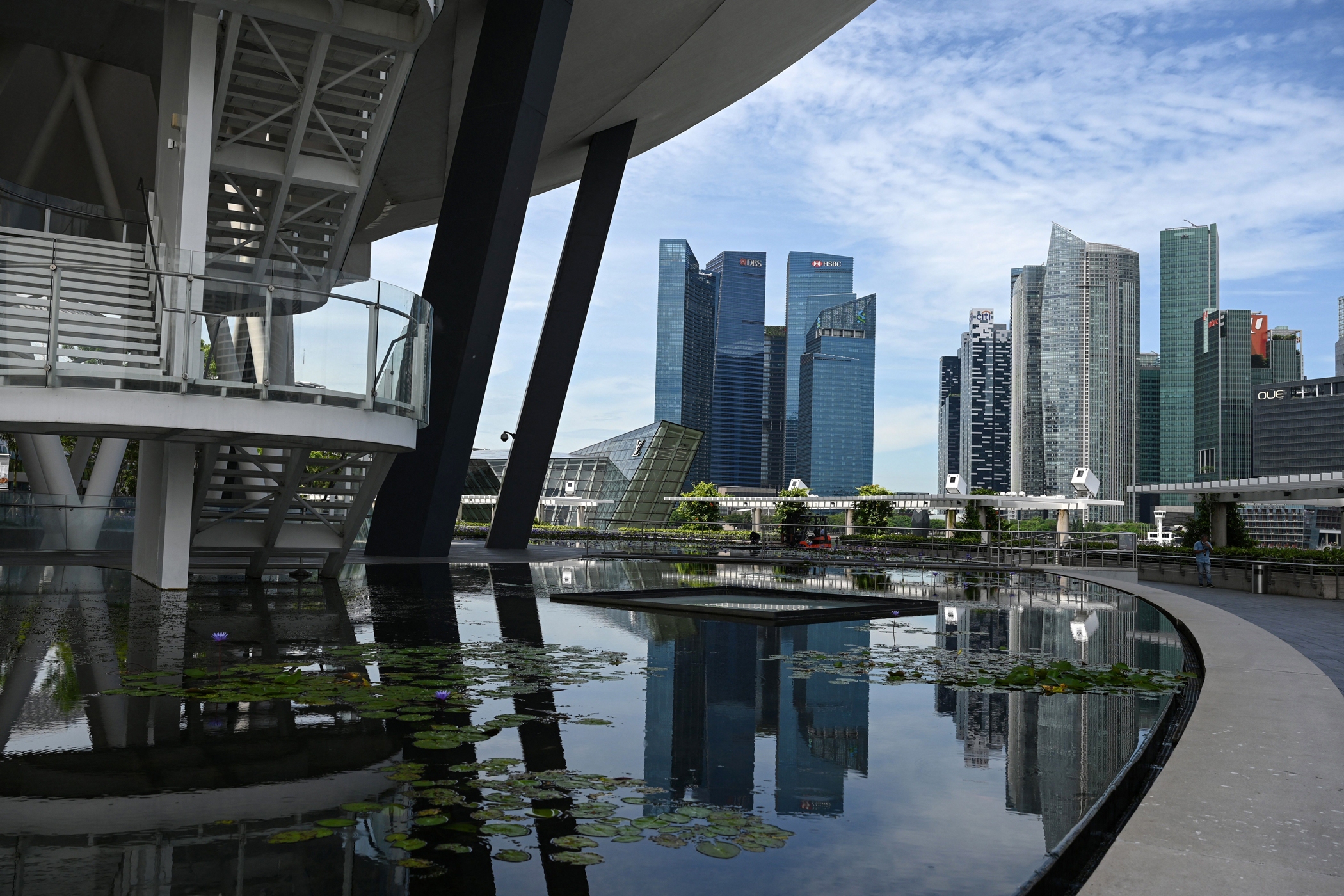Read all of the highlights from the first Hotel Data Conference: Global Edition. Click here to register for the conference and view all of the presentations.
During the global overview session of the Hotel Data Conference: Global Edition, STR's Robin Rossmann said demand could return to 2019 levels by the end of 2022.

Industry analysts and hoteliers are optimistic about the industry's recovery from the COVID-19 pandemic, but revenue per available room at U.S. hotels is still not expected to reach 2019 levels until 2024.
Historically, economic downturns have only heightened the factors that drive hotel pricing, but data shows some unique shifts in that philosophy during the COVID-19 pandemic.

With more than 40 different nations across Europe, continued government restrictions are blocking demand that some say exists right now, but what demand there is has largely gone to hotels that remained open throughout the pandemic.
When creating new hotel performance forecasts, hotel companies are weighing factors differently as the environment is changing.
STR data shows three different accommodation types either struggled on par with hotels or outperformed hotels throughout 2020 when much of the world was shut down.
Hotel revenue managers have had to cross-train with sales and marketing departments and more closely study week-to-week performance trends to come up with more accurate pricing strategies as hotel demand slowly starts to recover.
Dubai's hotel performance amid the pandemic has been promising, but hoteliers are hopeful the Dubai 2040 will help attract investors and foreign travelers.
Hoteliers in Central and South America said they were caught off guard by the COVID-19 pandemic, but there have been some silver linings from the most disruptive event in the history of the hotel industry.

Executives at hotel companies in the Asia-Pacific region said they had to respond quickly to the evolving crisis and set realistic short-term goals.
A February survey of travelers, mostly located in the U.S., United Kingdom and Europe, shows greater propensity to travel once the pandemic has passed.
As demand continues to increase at hotels, companies are challenged to attract, train and retain talent to service guests and meet that demand.
The Middle East and Africa region has faced challenges, such as a new COVID-19 variant in South Africa, but factors that will spur a recovery in hotel demand include events and tourism projects.
While the pandemic has negatively affected all markets in Central and South America, the pain hasn't been felt equally.

Hotels in the Asia-Pacific region have suffered from the loss of international travel, but vaccinations and easing travel restrictions are expected to help along their recovery.
Europe's hotel industry has been battered by COVID-19, but hoteliers are confident planning, marketing, communicating and developing will pave the way for a healthy return.
Hotel revenue managers in the Middle East and Africa experienced difficulty with forecasting in 2020, but some trends like staycations are sure to remain a demand driver throughout 2021.
Mortgage rates have reached historic lows, which has lowered the cost of debt for U.S. households and created more disposable income, which could help support a rebound in travel.

While some hotels suffered in terms of year-over-year performance in 2020, competitive set patterns provide a small silver lining.
Several notable U.S. and international markets either outperformed or underperformed throughout the first full year of the COVID-19 pandemic.
Hoteliers face a difficult decision regarding a timeline to reopen properties that have shut their doors due to the demand shock brought on by the COVID-19 pandemic.
Research analysts share some takeaways from hotel performance in Lima, Peru; New York City; Africa; Australia; and London.

